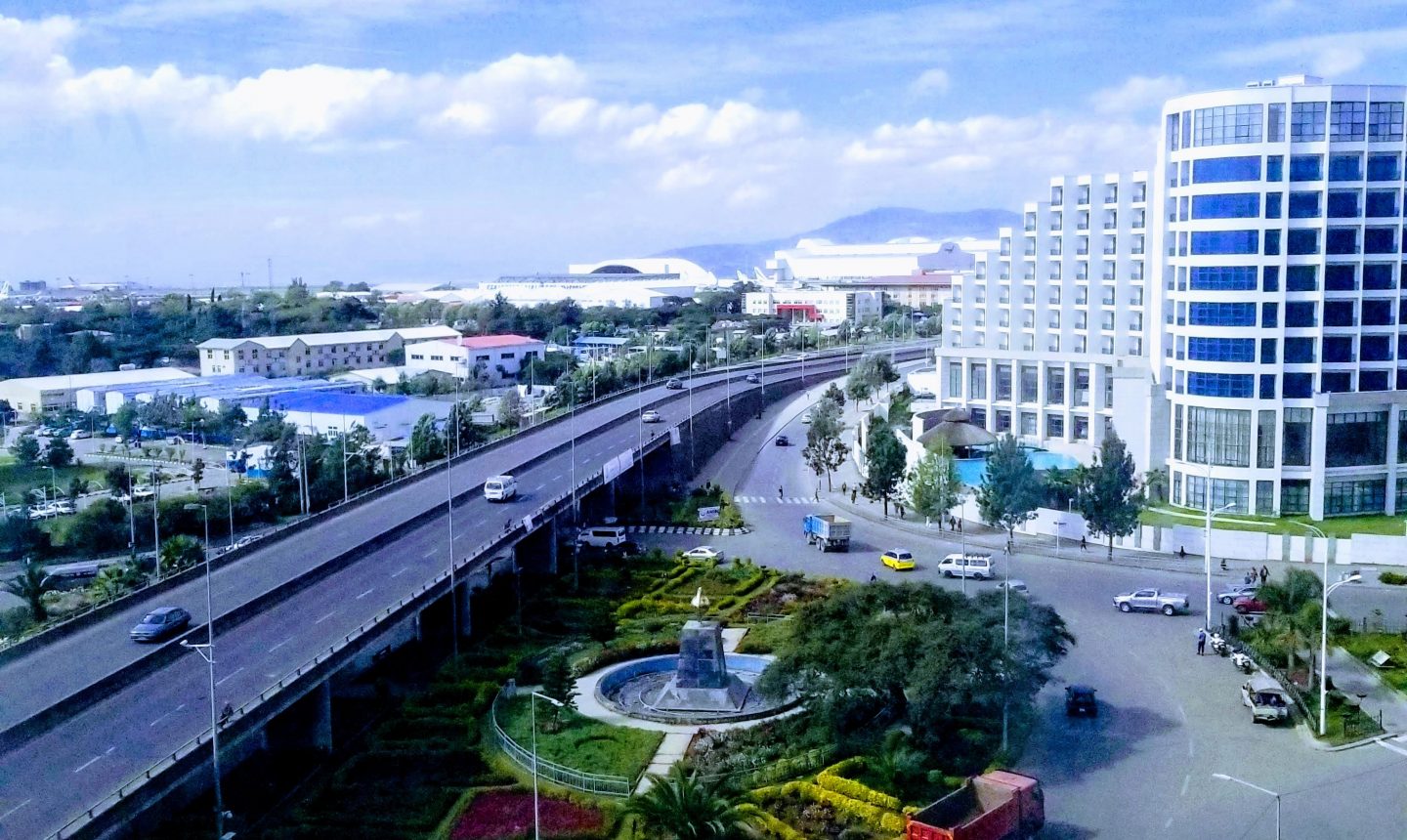
The Ongoing Journey to a Master Facility Registry in Ethiopia
- LocationEthiopia
A timely and accurate list of facilities is one of the many keys to optimizing health care.
A Master Facility Registry (MFR) facilitates management of this list and is needed for planning in healthcare facilities, leveraging investments, and sharing valuable data in an open way. In emergency situations, it is very difficult to operate effectively and have a coordinated response without accurate data about the facility and the types of services and equipment that are available in each facility or region. The MFR is a technical approach to meeting this need.
- Ethiopia Ministry of Health
- Regional Health Bureau
- JSI (Ethiopia Data Use Partnership(E-DUP), Digital Health Activity (DHA))
- OCL
- eCHIS
- OpenHIM
- DHIS2
The Impact
-
More than 14 use cases have been created

Lessons Learned
- This initiative is resource intensive in terms of maintaining service domain data and capacity building.
- To update and maintain the MFR data content, there is a need to balance basic data needs of consumers against cost of effort.
- MFR is one of the shared services in the Ethiopia eHealth Architecture and mostly used by other health information systems to exchange health facility related data. There is a need to increase visibility and create awareness at a higher management level on the importance of the system
- There is a need to design an incentive mechanism to maintain quality and up-to-date health facility data

In Ethiopia, the eHealth Architecture is widely accepted and there are clear procedures on health facility registry and licensing, both of which have allowed a functional MFR to be integrated to the eHealth systems. The team involved used the existing lists of health facilities from DHIS2, service provision assessment surveys, and LMIS to populate the MFR with signature data elements (facility names, unique IDs, basic services, etc.).
The process of developing the MFR started with requirement identification by a Technical Worker Group (TWG) made up of members from the Ethiopia Ministry of Health and other partners. User stories on curation, interoperability, and data exchange were utilized in developing the framework. An analysis was conducted by stakeholders to define how they use data sources and the platform in the Ministry of Health, Regional Health Bureau, and various agencies, partners, general public, and universities.
The Approach
The current applications of this technology include front-end user management and data curation as well as back-end technology based on Hapi FHIR. Upgrades are needed next for the backend technological standards to exchange facility data using FHIR standards. Work has also been done to integrate the MFR into the eHealth Architecture while ensuring there were interoperable solutions (MFR to DHIS2 and Electronic Community Health Information System data exchanges with DHIS2).
Another important tenant of this work has been management and governance to ensure a smooth implementation and assigning team roles and responsibilities within the existing Ministry of Health structure.
-
OPENHIE CAPABAILITIES
- Facility planning and management, including unique identification of facilities
- Health access and insurance coverage
-
HEALTH ISSUES ADDRESSED
- Healthcare Administration – Facilities
-
OPENHIE WORKFLOWS
- Query health worker and/or facility records workflow
-
TERMINOLOGY STANDARDS
- OCL